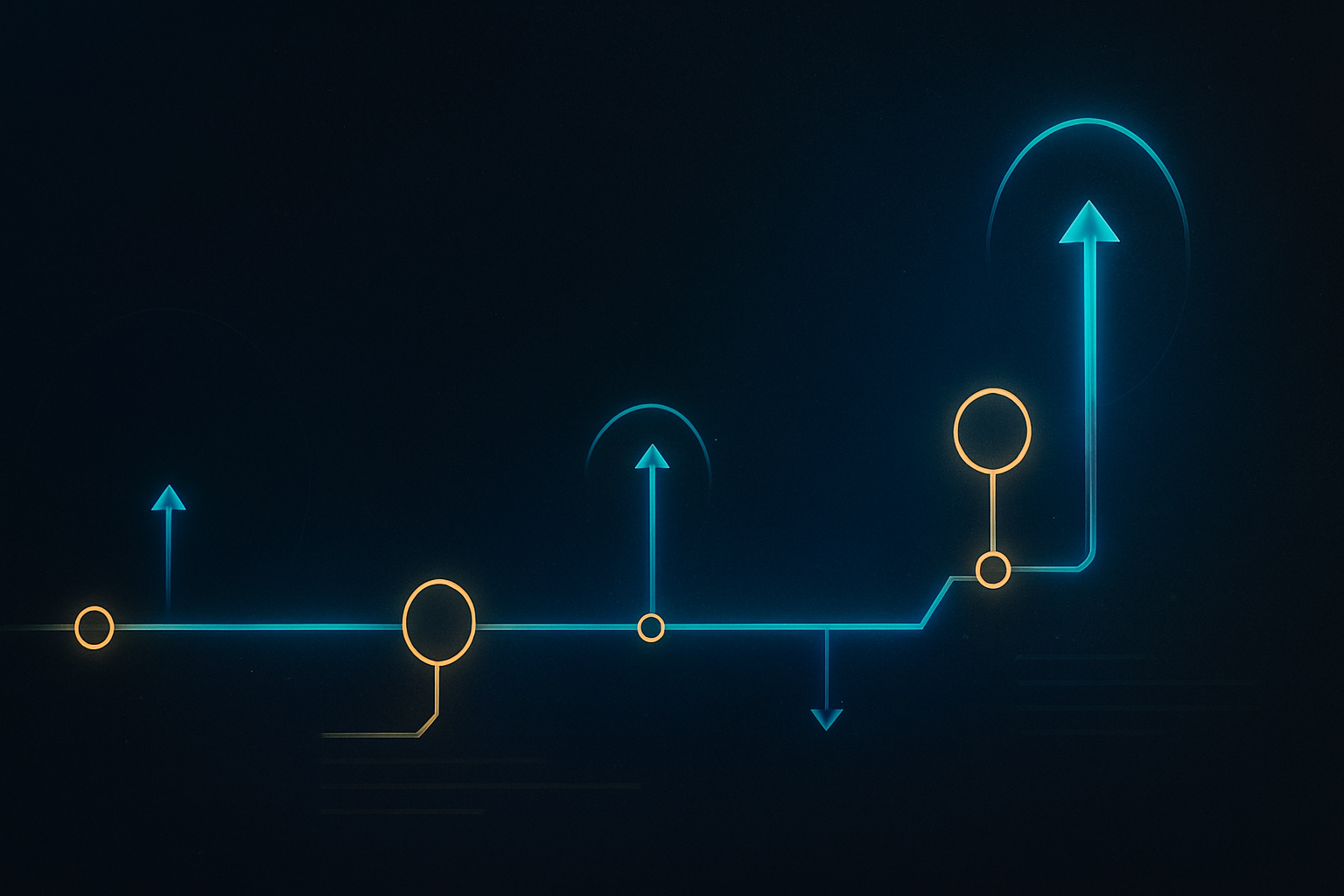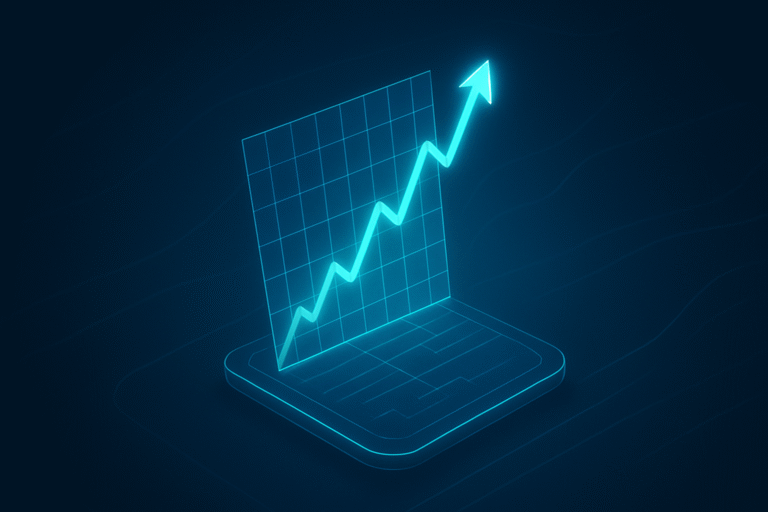Remember the early days of speech-to-text? You’d shout commands awkwardly at your phone, only to get a confused response—or worse, radio silence. Just a decade ago, transcription felt like manually shifting gears in an old car—tedious, slow, and prone to grinding mistakes. But today, transcription has quietly become the automatic transmission of the tech world: smooth, fast, and almost effortless. And guess what? Virtually every AI transcription feature you encounter—from Siri dictation on your iPhone to real-time subtitles on Zoom calls—is powered by the same handful of groundbreaking AI models.
Let’s unpack how we got here, why it matters, and how transcription has become essentially free, near-instantaneous, and remarkably accurate.
The Evolution of AI Transcription: From Lab Experiment to Ubiquity
AI-powered transcription has evolved at warp speed since Bell Labs introduced “Audrey” in 1952. Initially, Audrey was impressive but extremely limited, recognizing only digits 0-9. Early systems were like antique cars—novel, charming, but deeply impractical.
Fast-forward to today: NVIDIA’s Parakeet, launched in 2025, can process speech 60 times faster than real-time, transcribing an entire hour of audio in just one second. That’s like replacing your old VW Beetle with a Tesla Roadster. (source)
The Evolution of AI Transcription
Created by AITranscriptor.com
The Big Three: Cost, Accuracy, and Speed
The Collapse in Costs
Just two decades ago, professional transcription cost $2.00 per minute—expensive enough to limit use to critical applications like court reporting or medical notes. Cloud transcription services from Google and Amazon brought prices down dramatically to just a few cents per minute.
Then OpenAI’s Whisper arrived in 2022, dropping costs to $0.006 per minute. Today, cutting-edge systems like NVIDIA’s Parakeet have reduced transcription costs further to $0.002 per minute—99.9% cheaper than human transcription. (source)
Accuracy’s Surprising Journey
Accuracy took an unexpected detour. Early AI transcription systems, such as Dragon NaturallySpeaking in the 1990s, achieved impressive accuracy rates of around 96%. But the early days of deep learning transcription in 2018 paradoxically saw accuracy plummet to around 73%—a shocking regression similar to how early electric cars once lagged significantly behind combustion engines in range.
The turning point came with massive datasets and sophisticated Transformer architectures. OpenAI Whisper’s release in 2022 showcased over 95% accuracy across multiple languages. Now, leading models regularly surpass 98% accuracy, making transcription indistinguishable from human-level performance in most situations. (source)
The Surprising Accuracy Journey
Why newer AI initially got worse before getting dramatically better, by AITranscriptor.com
Speed: From Crawl to Hyperdrive
In 1976, transcription was a painstaking task: the PDP-10 took 100 minutes to decode just 30 seconds of speech. By contrast, today’s NVIDIA Parakeet model handles the same 30 seconds in under half a second—roughly an 11,000x improvement in processing speed. It’s akin to upgrading from a horse-drawn carriage to a supersonic jet. (source)
The Quiet Engine Behind Modern Transcription
Most consumers don’t realize that transcription features across all devices and services rely heavily on the same few powerful AI models:
- OpenAI’s Whisper: Released as open-source, Whisper is the backbone for countless consumer apps and online services, thanks to its robust multilingual capabilities.
- NVIDIA’s Parakeet: This model’s extraordinary speed and accuracy have become essential for real-time applications in enterprise software and broadcast media.
These models are so influential that if you’ve ever dictated a message to your iPhone, watched automatic captions on YouTube, or received a transcript from a Zoom meeting, you’ve almost certainly interacted with technology powered by either Whisper or Parakeet.
From 10 Words to Infinite Vocabulary
The explosive growth in what machines can understand – AITranscriptor.com
Expert Views: The Real Impacts of Transcription’s Leap Forward
"Nvidia just open sourced Parakeet TDT 0.6B - the BEST Speech Recognition model on Open ASR Leaderboard 🔥 Can transcribe 60 minutes of audio in 1 second 🤯 600M parameters, with CC-BY-4.0 license (commercially permissive) Congrats Nvidia on the brilliant release and beating all major closed source giants too!" -Vaibhav Srivastav
"Parakeet V2 is truly special because the model is able to do high quality transcription with various background noises, so it's highly robust and people can transcribe at incredibly fast inference speeds. We train this model in two stages - the first one where we train the base model on highly curated small amounts of human labeled data and large amounts of pseudo labelled data, which helps us build the high robustness into the model." -Nithin Rao Koluguri, NVIDA, Sr. Research Scientist, Speech
Frequently Asked Questions (FAQs)
Q: Is AI transcription as accurate as human transcription?
A: Modern AI transcription models regularly achieve 98%+ accuracy, effectively matching human transcribers in most scenarios.
Q: How much does transcription cost today?
A: Basic AI transcription can now cost as low as $0.002 per minute, practically free for most everyday applications.
Q: Which AI transcription models power most consumer apps?
A: Nearly all popular transcription services today use OpenAI Whisper or NVIDIA Parakeet.
Looking Ahead: Transcription’s Next Chapter
What's next for transcription technology? Expect even greater precision, near-instantaneous processing, and deeper integration into every aspect of digital communication. Already, companies like Rev blend human oversight with AI to achieve near-perfect accuracy for critical applications like legal and medical documentation. (source)
Transcription technology, once specialized and costly, is now a commodity—cheap, reliable, and invisible in our daily lives. The profound transformation we've witnessed isn't slowing down; instead, it's accelerating, powered by increasingly sophisticated models and unprecedented accessibility.
As these AI transcription tools become virtually free and universally available, the implications are vast: every conversation, meeting, podcast, and piece of spoken content will become searchable, analyzable, and actionable.
Welcome to the transcription revolution. It’s quietly rewriting how we communicate and collaborate—forever.




